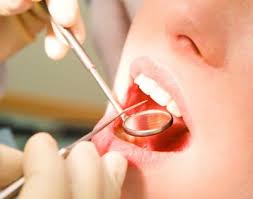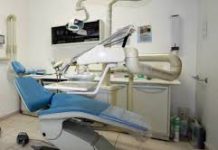Dental materials.
Much used in dentistry, dental cements are hard material usually formed by a powder and a liquid; these materials are employed most in restorative and orthodontic treatments since they are used to attach a prosthesis to the tooth.
The most common treatments that require a dental cement are orthodontic appliances, veneers, inlays and onlays, indirect dental restorations; in these cases, a dental cement works as a luting agent, as it seals two components together.
Otherwise, a dental cement can be used as a pulp-protecting agent.
Dental cements are classified depending on their components, and each of them has its own characteristics, so thus the dentist will decide the most suitable. It can be useful to know that some dental cements might contain substances to which people can be allergic.
There are acid-base cements, such as zinc phosphate, Polycarboxylate, glass ionomer (GI), and zinc oxide eugenol and Non-eugenol. These contain metal oxides.
These dental cements are composed of the powder, that is a basic metal oxide or silicate, and the liquid that is acidic. With acid-base cements, an acid-base reaction occurs with the formation of a metal salt that acts as the cementing matrix.
Resin cement.
Resin-based cements are, for example, resin-modified glass ionomer (RGMI) cements, self-etching resin cements, or resin cements.
A dental cement will not work to its optimal level without adequate preparation, but new metal and ceramic primers have been developed that might enhance bond strengths of cements to substrates, such as zirconia and metal.
Dental cements can be provisional and definitive; sometimes, temporary restorations may be needed, so they must be attached with temporary cements. Temporary cements might have to last for weeks or months, and their requirements are good retention, good marginal seal, durability, ease of cleanup.
Definitive cements must be non-irritant to pulp and gums and should not support the growth of secondary caries, form a strong bond with enamel and dentin, be resistant to dissolution in any oral fluid, have good aesthetics and good thermal and chemical resistance. For example, GI cement has a very thin film thickness, is extremely moisture tolerant, and can have a remineralization effect with demineralized tooth structure; RMGI cements were made to create an insoluble version of GI for cementation.
Dental cement.
Nowadays, resin cements evolved in total-etch and self-etch dentin adhesives: types of restorative materials cemented with self-etching resin cements are, among the others, metallic crowns, inlays, and onlays, porcelain-fused-to-metal (PFM) crowns.





